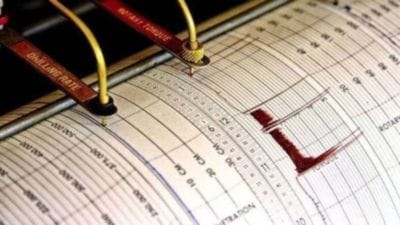Sikkim tectonic shift is new,could prompt risk rethink
Sundays tremors,however,were caused not by forward pushing of the Indian plate but by sideways (lateral) movements.
In magnitude and scale of destruction,Sunday evenings earthquake in Sikkim might not be a landmark event but it has caught the attention of scientists for a unique characteristic that is likely to alter the understanding of tectonic activities in the Himalayan region and force authorities to re-assess Indias hazard zones in the north and east.
So far,it has been known that Indias landmass is inching slowly up,moving in north and north-easterly direction. The interaction of this moving landmass with the Eurasian tectonic plate one getting below the other in the Himalayan region is what causes most of the earthquakes in that area. It is also the reason for a gradual increase in the height of the Himalayas. Sundays tremors,however,were caused not by forward pushing of the Indian plate but by sideways (lateral) movements.
This is an interesting and new observation. The data indicates that the Indian landmass might not just be moving northwards but also towards the west. It is a kind of rotational movement in an anti-clockwise direction which can have fresh bearing on our understanding of geological activities in that area, S S Rai,a senior scientist at the National Geophysical Research Institute,told The Indian Express.
Rai said such lateral movements had been observed in some lower magnitude earthquakes in the Pithoragarh area as well but the evidence was insufficient to confirm this. Sundays quake might just give the most clear indication as yet of such an activity. He said the full analysis of the data might take about a week.
This new activity,if confirmed,can have widespread implications on Indias hazard line mapping and urban planning. Major earthquakes in future can have much bigger impacts. If found to be true,it will certainly add a new dimension to geological studies in the Himalayas. It means that there are more geo-dynamical forces at work than we currently are aware of. Such sideways movements are not known to happen in this region. It is more likely to happen in intra-plate interactions which causes earthquakes in places like Latur, said H R Wason,Head of Department of Earthquake Engineering at IIT Roorkee.
IIT Kharagpurs S K Nath,who has been studying seismic activity in Sikkim and Darjeeling areas,says there is a case for a re-assessment of the Indias hazard zones in any case,particularly in the Gangetic plains.
I think that is one thing that must be looked into. This quake affected not just Sikkim but many other heavily populated towns and cities in West Bengal,Bihar,Uttar Pradesh. Himalayan quakes can go up to nine or above in magnitude. In such eventualities,the threats come directly to mega-cities like Kolkata or even Dhaka, he said.
Kolkata is currently categorised as zone 3 and 4 area. I certainly think that that no part of Kolkata should be in zone 3 any longer. All of it should be in zone 4 and some even in zone 5. Had Sundays quake been of magnitude 8 it would have been disastrous, he said.
Nath said Sikkim was most likely to go to sleep for some time now and there was unlikely to be a major seismic activity in the region in the near future.
Rai of NGRI said there are lessons to be learnt for reinforcing structures in the entire Himalayan belt,particularly in Uttarakhand where the possibility of a major earthquake in the near future is not being ruled out.
Photos



- 01
- 02
- 03
- 04
- 05




























